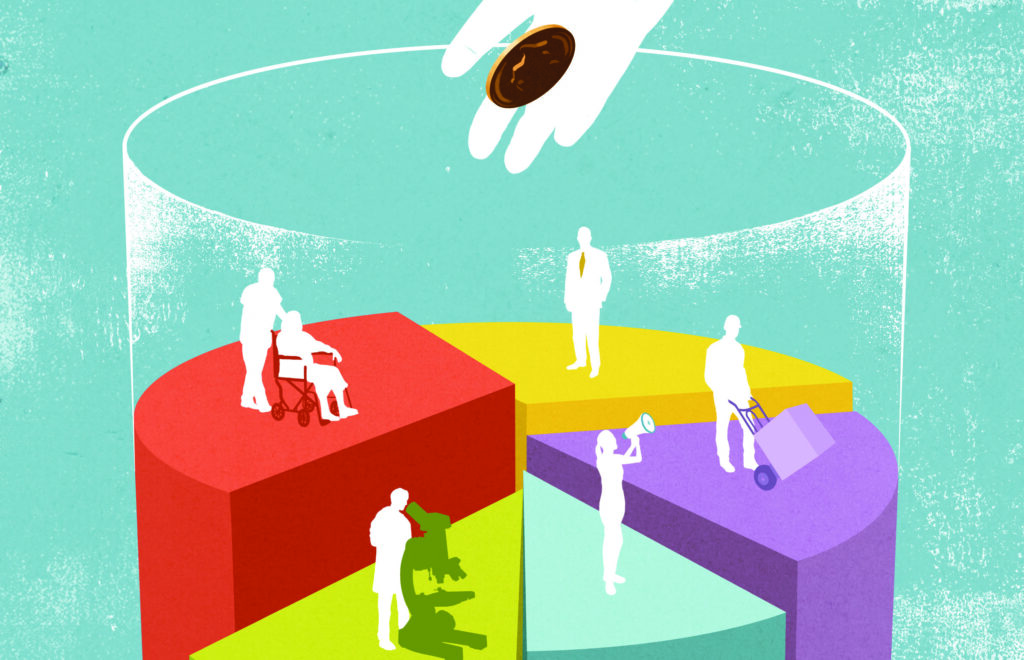2015 Charity 100: A smarter way to give
It’s the holiday season and time to help others. But how can you make sure your donation will be spent wisely? Our annual Charity 100 grades can help
Advertisement
It’s the holiday season and time to help others. But how can you make sure your donation will be spent wisely? Our annual Charity 100 grades can help

Share this article Share on Facebook Share on Twitter Share on Linkedin Share on Reddit Share on Email